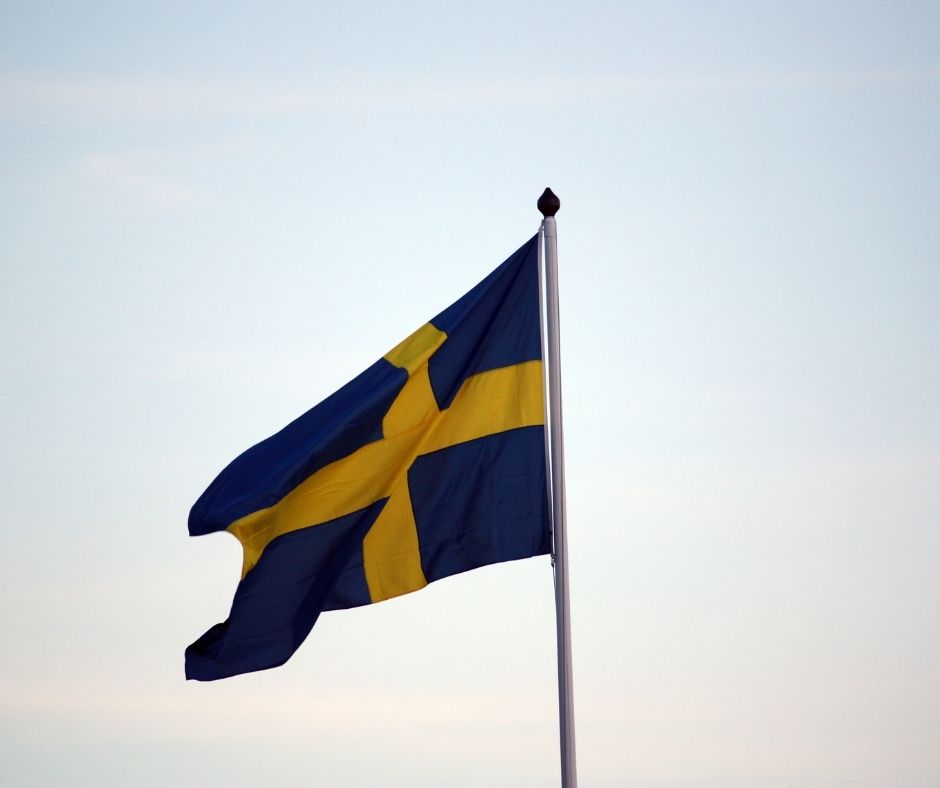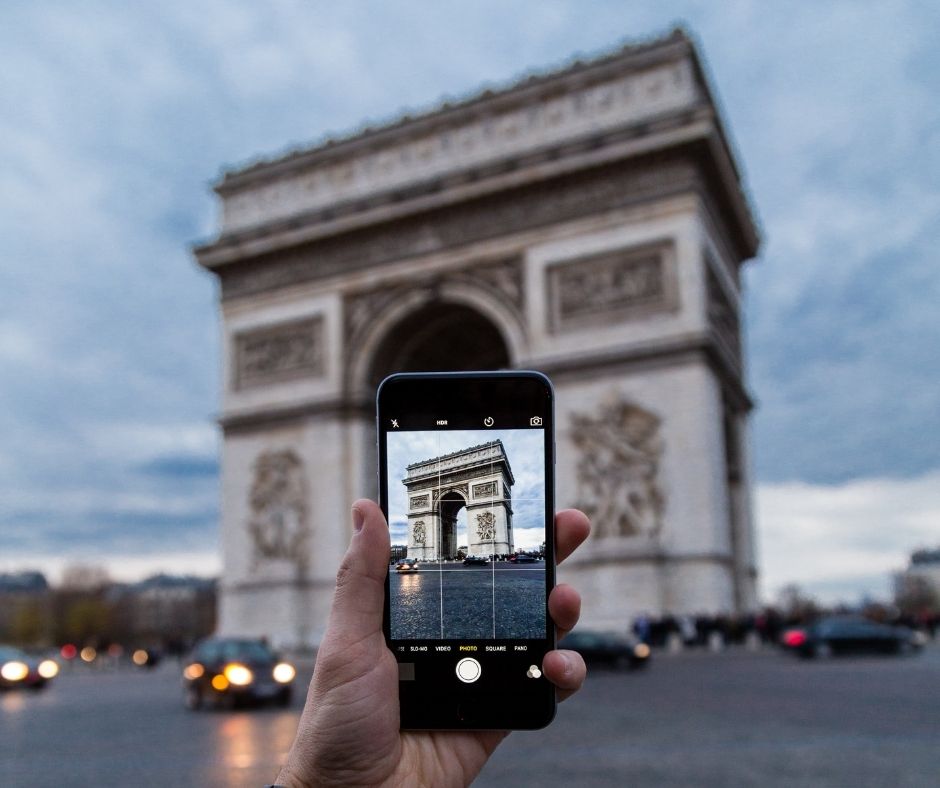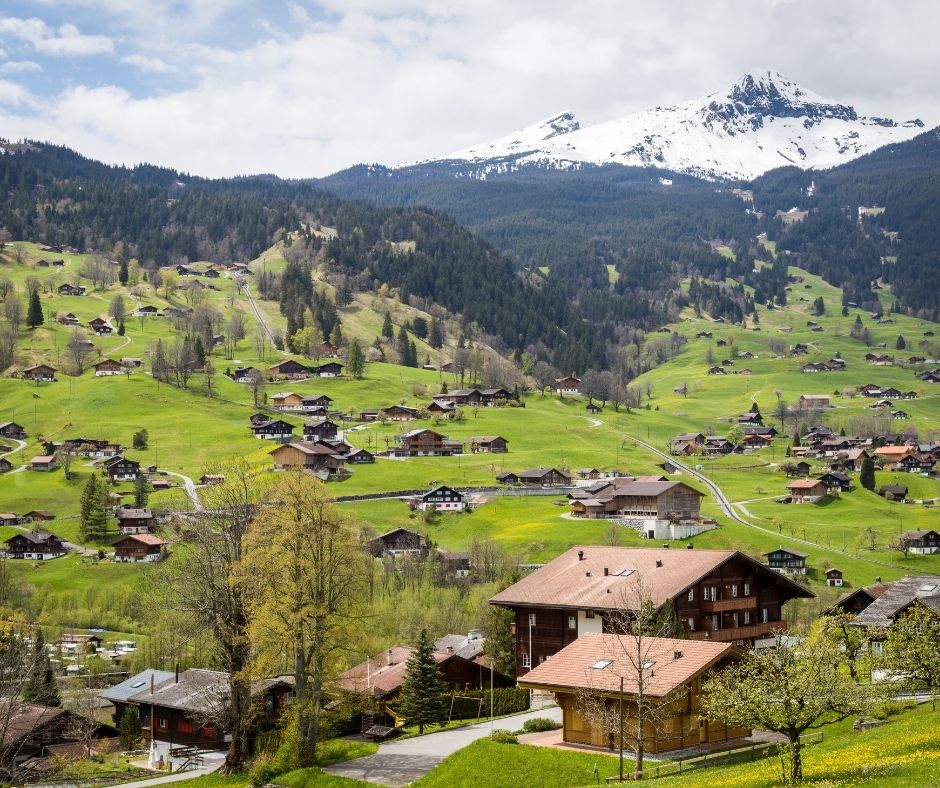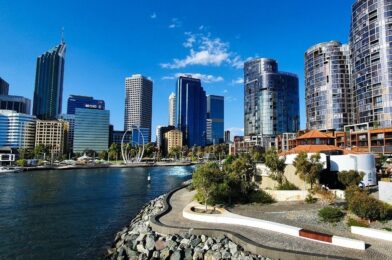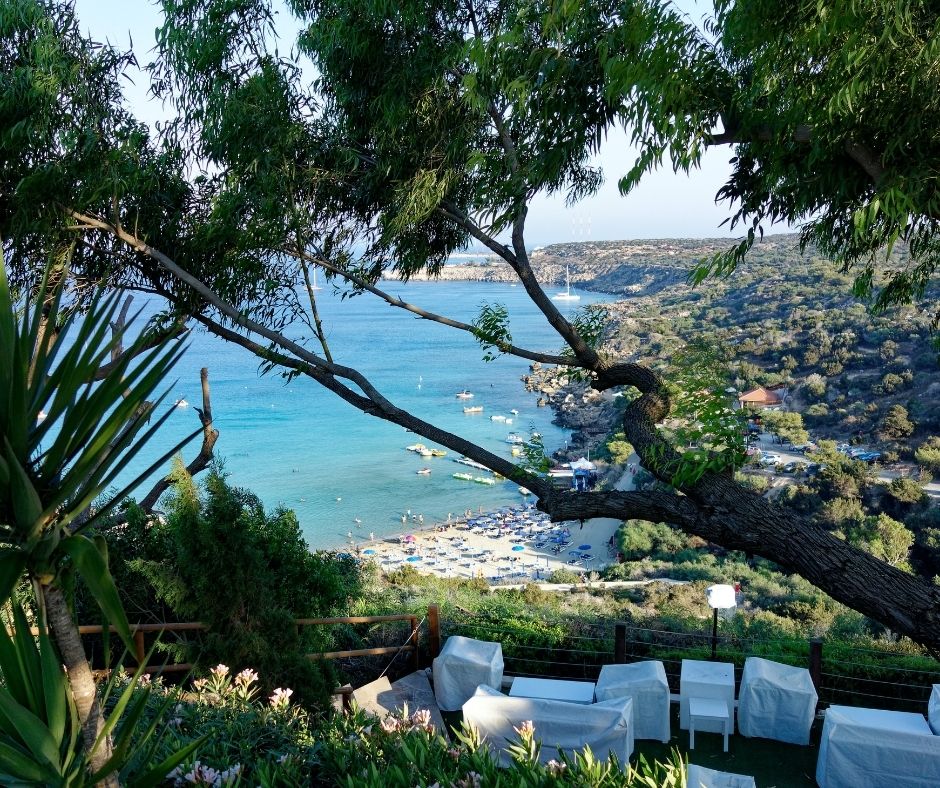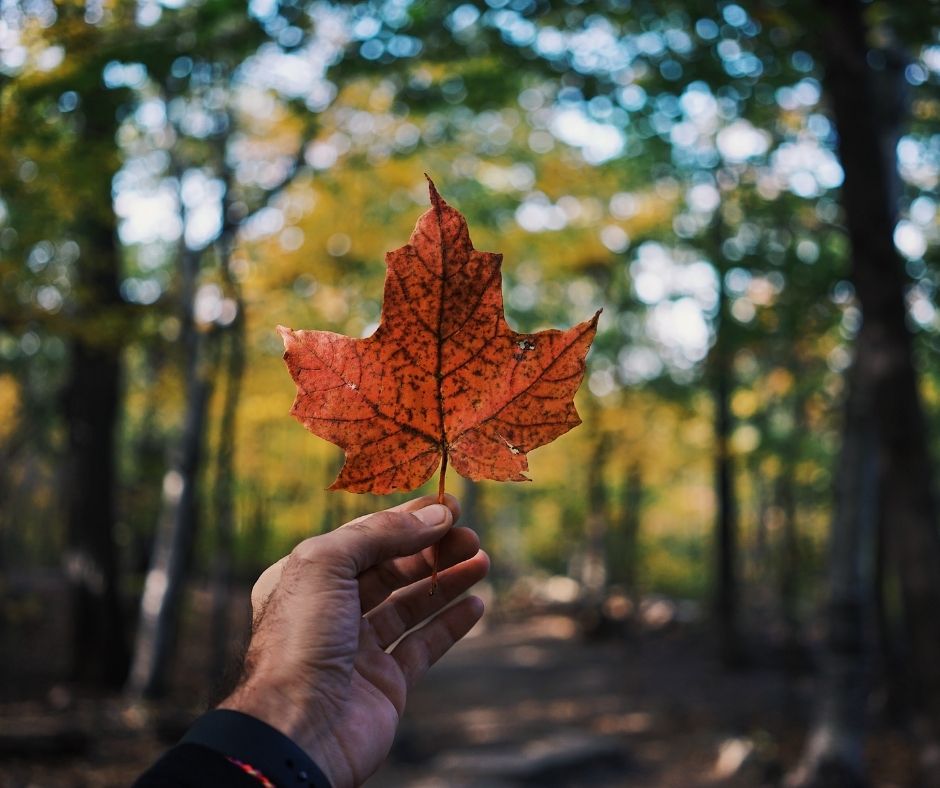Home to the Eiffel Tower, Arc de Triomphe, and the Louvre; Paris has a long list of tourist attractions. But, if like us you’d prefer to skip the queues then look no further. These unusual places will give you the sightseeing edge.
The Alchemist’s House
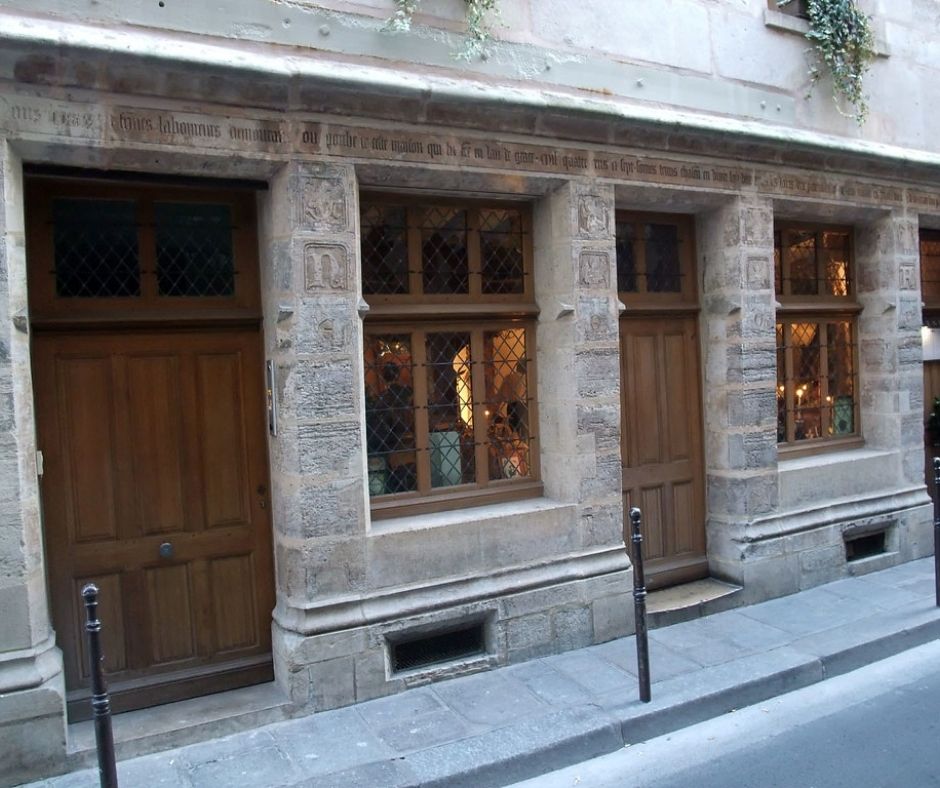
What is possibly Paris’s oldest house was owned by Nicolas Flamel, famed alchemist and wealthy Parisian. The house was completed in 1407, and it’s beautiful stone façade stands out against those of it neighbours on the historic Rue de Montmorency in the 3rd arrondissement. Whether or not you believe he did manage to turn metal to gold, you can still step back in time by dining in the bistro which now occupies the first floor. The Auberge Nicolas Flamel offers a set menu and a la carte dining for lunch and dinner. The tables by the windows are the perfect spot for lunchtime people-watching – when in Paris!
51 rue de Montmorency, 3rd arrondissement
Al Fresco Dining with the Ancient Romans
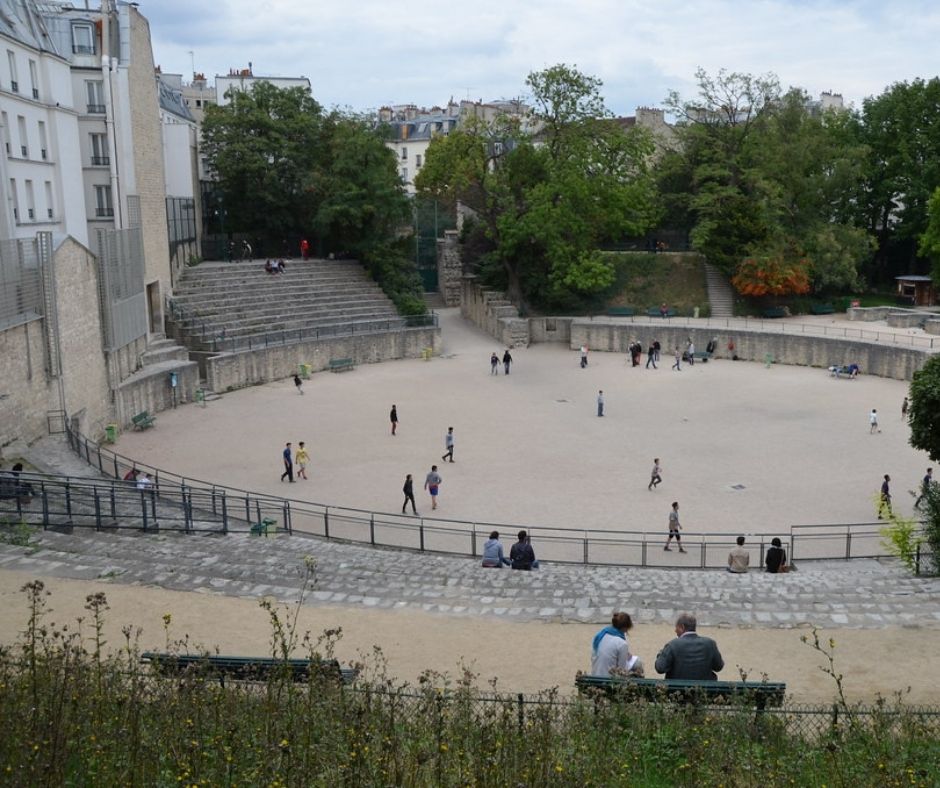
If you’ve bought your ham and cheese baguette and don’t know where to stop for lunch, then take a seat at the Arènes de Lutèce. Rediscover a slice of Paris’ Roman past, sitting in the stalls of the ancient arena in the middle of the city – the arena, along with the Thermes de Cluny (Roman baths), are the last remains of the Gallo-Roman period in Paris. Entry to the arena is free of charge, and it is open almost year-round.
4 rue des Arènes, 5th arrondissement
The Oldest Patisserie in Paris

Once you’ve finished your baguette in the Roman arena, head to Stroher for an éclair for dessert. Founded in 1730, Stroher is the city’s oldest patisserie. Its founder, Nicholas Stroher travelled from the courts of the King of Poland in the 18th century, and settled in Paris, becoming Louis the XV’s pastry chef, and later running his own shop. From this site he invented the famous rum baba, and the shop continues to attract customers today. Now a registered monument, Stroher’s lavish interior was decorated by one of the leading artists of the 2nd Empire, and a collaborator on the decorating of the Opera Garnier. This is definitely one of the more unusual places to eat a vol-au-vent!
51 rue Montorgueil, 2nd arrondissement
Back to Nature in the City
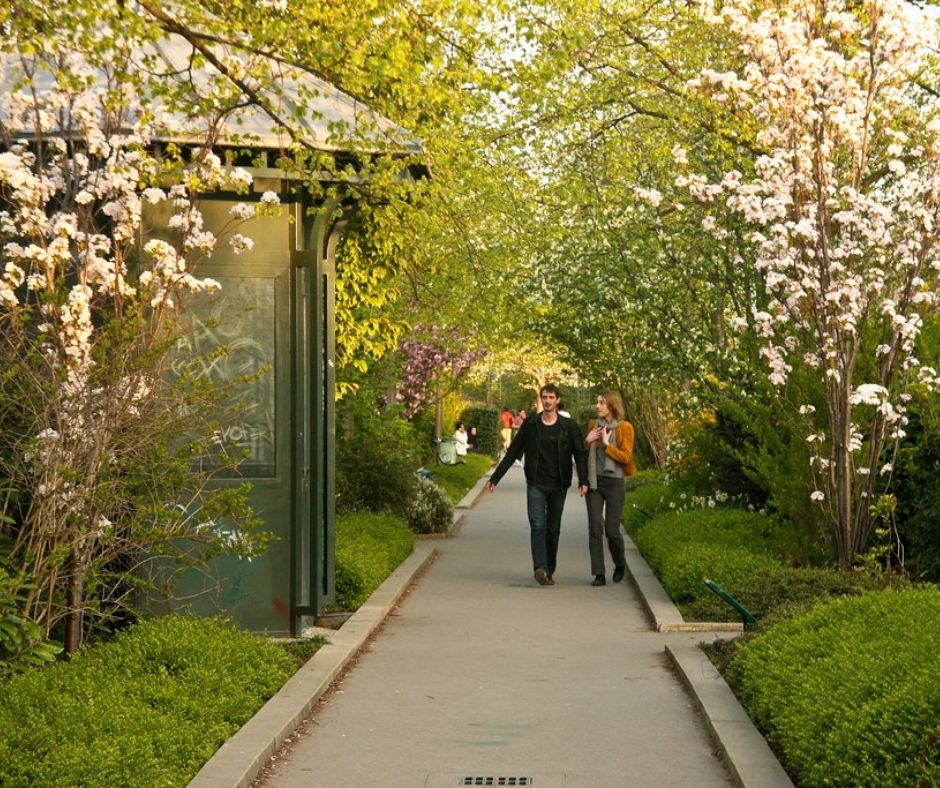
The traffic, sirens, and crowds can get too much. So, we suggest heading to the Promenade Plantée for a breath of fresh air. Running for 4.7km through the southeast of the city, the promenade is a burst of greenery elevated above the exhaust fumes and hooters. Officially known as the Coulée Verte René-Dumon, the natural haven was constructed along disused railways lines. If you can, take an hour out of your day and stroll past sheets of towering bamboo and delicate cherry blossoms. Step down onto the street at any time and pop into the art galleries dotted along the route. Finish your walk in the Bois de Vincennes, Paris’s largest green space, and feel like you really have escaped to the country.
1 Coulée Verte René-Dumont, 12 arrondissement
Picnic in the Park

Waterfalls just a stone’s throw from the city centre? Your eyes do not deceive. The Parc des Buttes-Chaumont is a showcase of folly, whimsy, and a Parisian’s weekend escape. Situated in Belleville, the park is just far enough out, that it has escaped attraction from tourists. If you do venture out though, you’ll find temples, informal gardens and, of course, waterfalls. The Parc is one of those unusual places where you can enjoy a picnic with a view over the city, meander along the pathways, and explore the caves, all in one spot. The park is open daily and entrance is free.
1-7 rue Botzaris, 19th arrondissement









